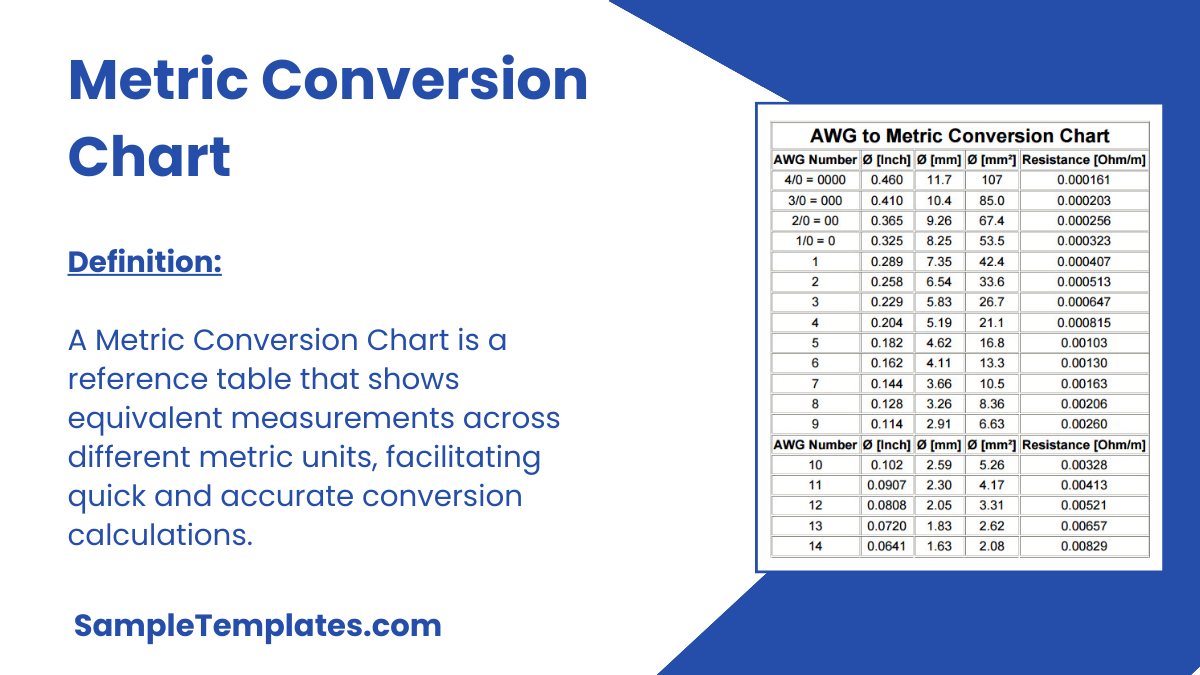Metric conversion is a known conversion system standard for US. These are sets of measurement units that can be converted into different units which are applicable to do. The conversion chart is a helpful tool to obtain the fastest and correct conversion using the specific formula and constant conversion between the units. The examples in the metric conversion chart are downloadable in a format preference or make a document of this via Microsoft word/excel and print the file anytime you need it. These are free sample Chart Templates that can be seen by any individual for usage as a reference in cases that you are a student or a worker that needs to have a conversion system at work.
Free Printable Metric Conversion Chart Template
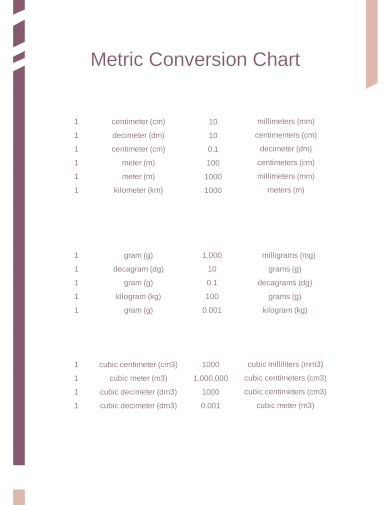
Sample Length Metric Conversion Chart Template
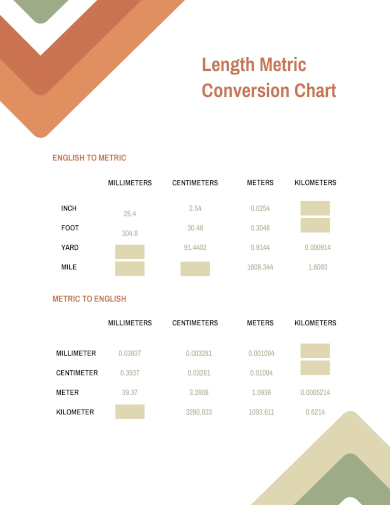
Metric Measurement Conversion Chart Template
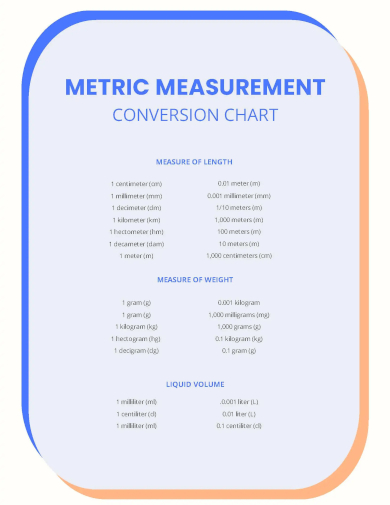
What are the Basic Metric Conversions?
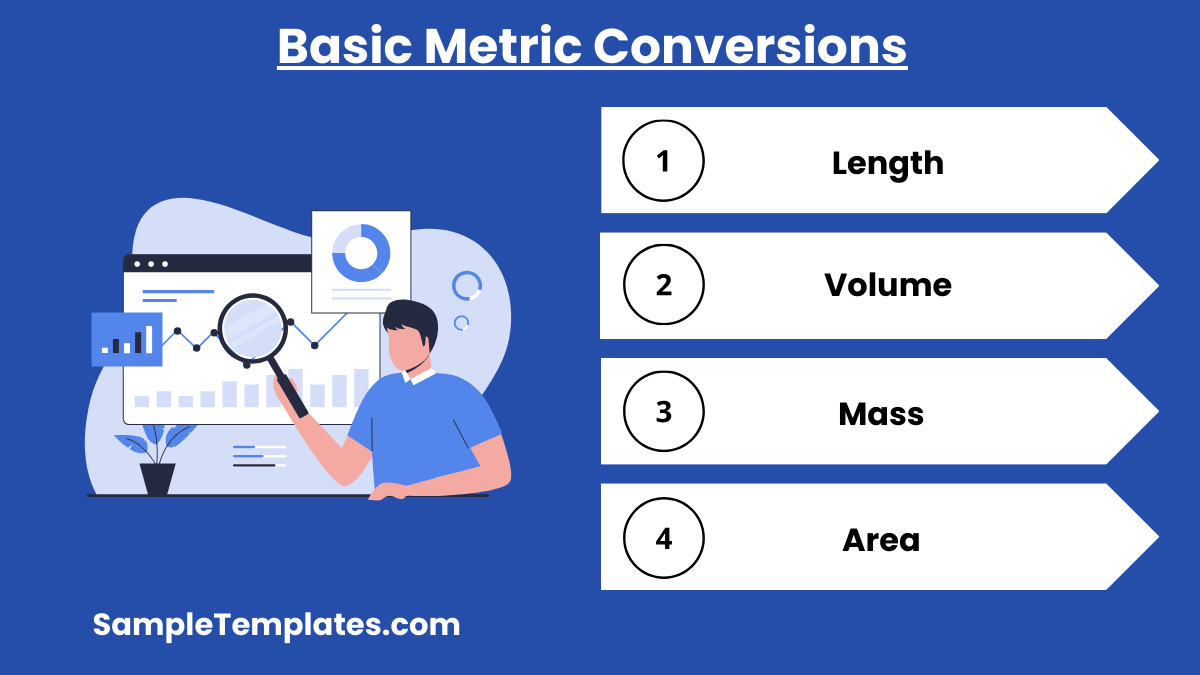
Basic metric conversions involve converting units within the metric system or between metric and imperial systems. Here are some fundamental metric conversions:
Length
- 1 millimeter (mm) = 0.1 centimeters (cm)
- 1 centimeter (cm) = 10 millimeters (mm)
- 1 meter (m) = 100 centimeters (cm)
- 1 kilometer (km) = 1,000 meters (m)
Volume
- 1 milliliter (mL) = 0.001 liters (L)
- 1 liter (L) = 1,000 milliliters (mL)
- 1 cubic centimeter (cm³) = 1 milliliter (mL)
Mass
- 1 milligram (mg) = 0.001 grams (g)
- 1 gram (g) = 1,000 milligrams (mg)
- 1 kilogram (kg) = 1,000 grams (g)
Area
- 1 square millimeter (mm²) = 0.01 square centimeters (cm²)
- 1 square centimeter (cm²) = 100 square millimeters (mm²)
- 1 square meter (m²) = 10,000 square centimeters (cm²)
- 1 hectare (ha) = 10,000 square meters (m²)
- 1 square kilometer (km²) = 1,000,000 square meters (m²)
Metric to Imperial Conversions
- 1 inch = 2.54 centimeters (cm)
- 1 foot = 30.48 centimeters (cm)
- 1 yard = 0.9144 meters (m)
- 1 mile = 1.609 kilometers (km)
- 1 fluid ounce = 29.5735 milliliters (mL)
- 1 pint = 473.176 milliliters (mL)
- 1 quart = 946.353 milliliters (mL)
- 1 gallon = 3.78541 liters (L)
- 1 ounce = 28.3495 grams (g)
- 1 pound = 0.453592 kilograms (kg)
These conversions can be used for a variety of practical purposes in science, cooking, travel, and everyday measurements.
Metric Weight Conversion Chart Template
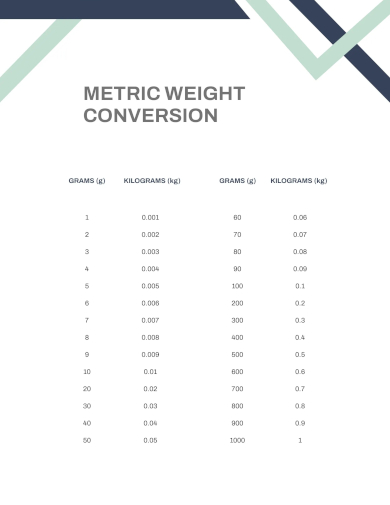
Sample Cooking Metric Conversion Chart Template
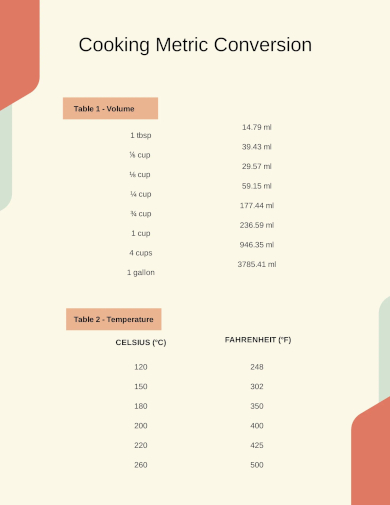
Free Simple Metric Conversion Chart Template
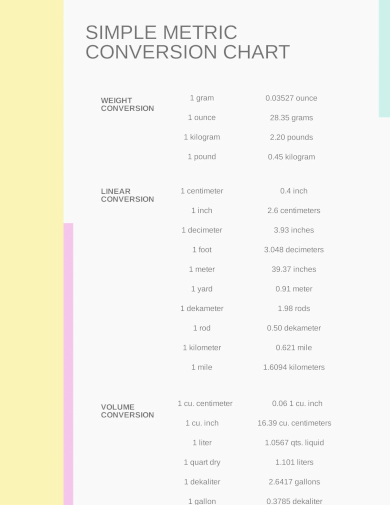
Math Metric Conversion Chart Template
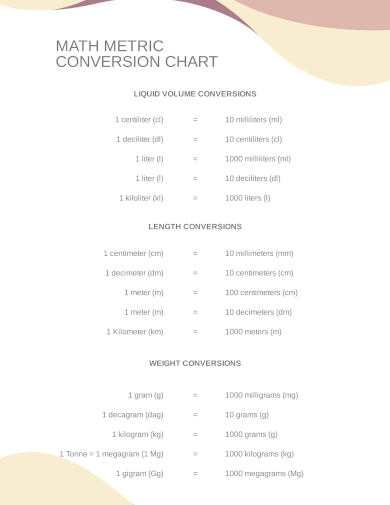
Sample Nursing Metric Conversion Chart Template
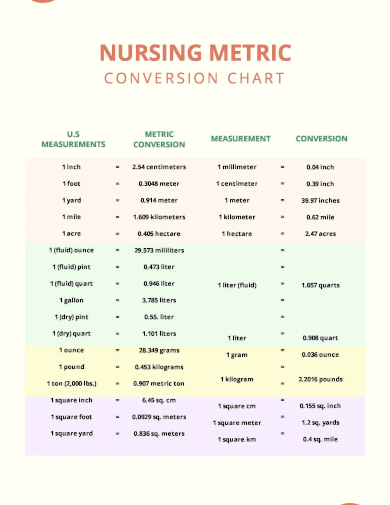
Metric Liquid Conversion Chart Template
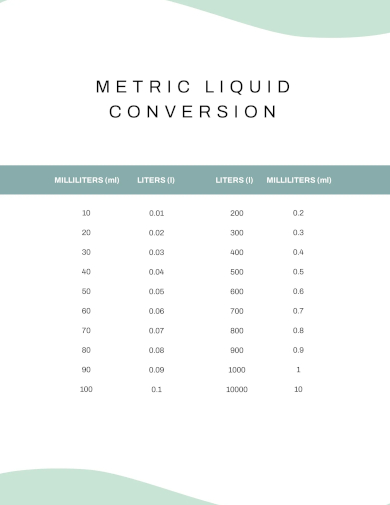
Volume Metric Conversion Chart Template
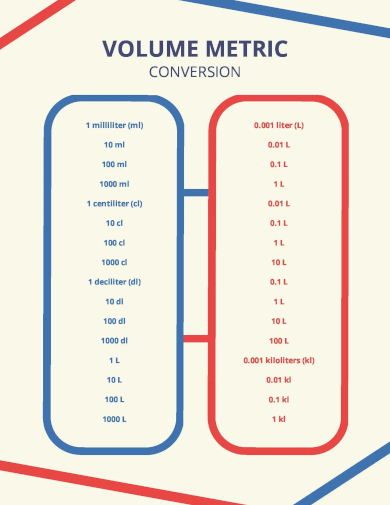
Easiest Way to Convert the Metric System
The easiest way to convert within the metric system is to move the decimal point, as the metric system is based on powers of ten. Here’s a guide to help you:
Length
- Millimeters to centimeters: Move the decimal point 1 place to the left.
- Example: 50 mm = 5.0 cm
- Centimeters to meters: Move the decimal point 2 places to the left.
- Example: 200 cm = 2.00 m
- Meters to kilometers: Move the decimal point 3 places to the left.
- Example: 1,000 m = 1.000 km
Volume
- Milliliters to liters: Move the decimal point 3 places to the left.
- Example: 500 mL = 0.500 L
Mass
- Milligrams to grams: Move the decimal point 3 places to the left.
- Example: 2,000 mg = 2.000 g
- Grams to kilograms: Move the decimal point 3 places to the left.
- Example: 1,500 g = 1.500 kg
Using Prefixes
- Kilo- (k): 1,000 units (e.g., 1 kilometer = 1,000 meters)
- Hecto- (h): 100 units (e.g., 1 hectoliter = 100 liters)
- Deca- (da): 10 units (e.g., 1 decagram = 10 grams)
- Deci- (d): 0.1 units (e.g., 1 decimeter = 0.1 meters)
- Centi- (c): 0.01 units (e.g., 1 centimeter = 0.01 meters)
- Milli- (m): 0.001 units (e.g., 1 milligram = 0.001 grams)
Steps to Convert
- Identify the units: Determine the starting unit and the unit you want to convert to.
- Count the steps: Count the number of steps between the units using the metric prefixes (e.g., milli, centi, deci, base unit, deca, hecto, kilo).
- Move the decimal point: Move the decimal point the same number of places and in the same direction as the steps counted.
Examples
- Convert 2500 millimeters to meters:
- From milli- to base unit (meters) is 3 steps to the left.
- 2500 mm = 2.500 m
- Convert 3 kilometers to meters:
- From kilo- to base unit (meters) is 3 steps to the right.
- 3 km = 3000 m
Use a Conversion Tool
For quick and accurate conversions, you can use an online conversion tool or a calculator with metric conversion functions. There are many free tools available that can handle a wide range of metric and imperial conversions.
Sample Unit Metric Conversion Chart Template
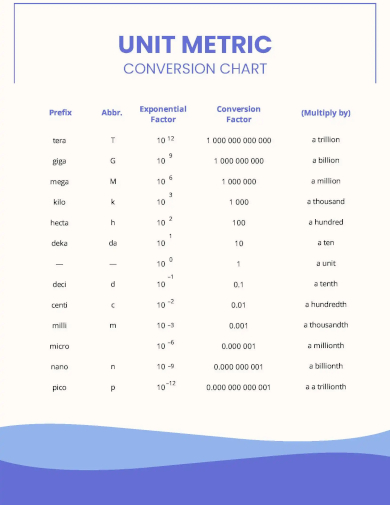
Free Standard Metric Conversion Chart Template
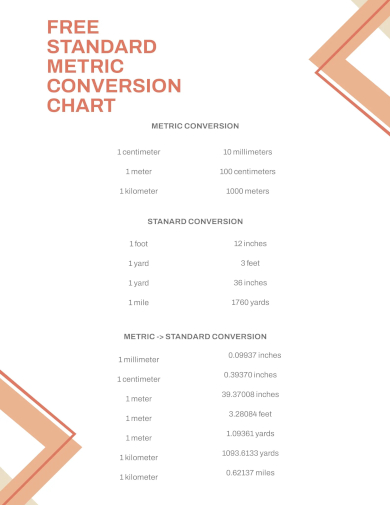
Metric to Imperial Conversion Chart Template
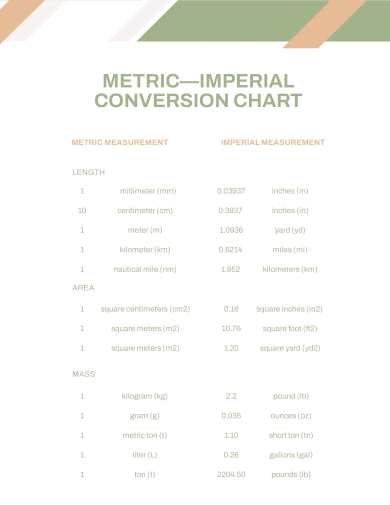
Metric Mass Conversion Chart Template

Free Basic Metric Conversion Chart Template
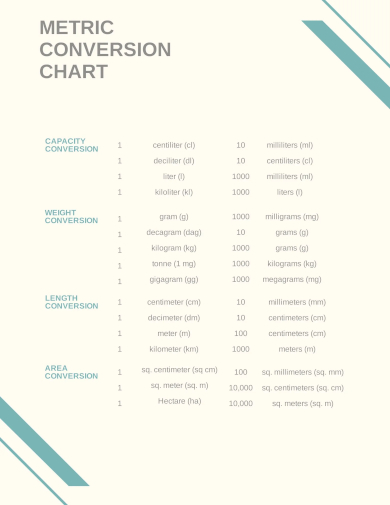
Medical Metric Conversion Chart Template
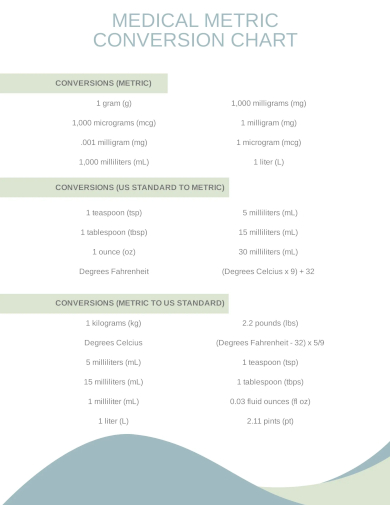
Household Metric Conversion Chart Template
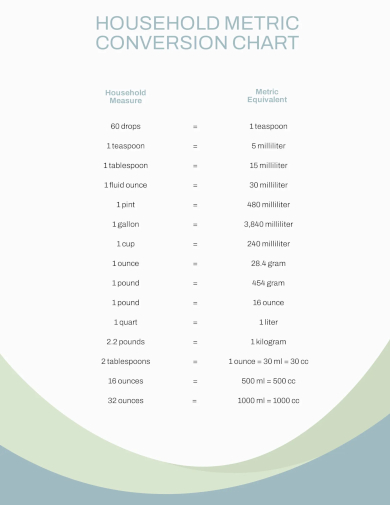
Electrical Metric Conversion Chart Template
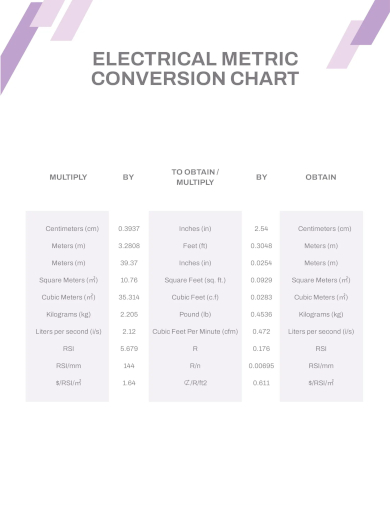
Metric Conversion Chart Template
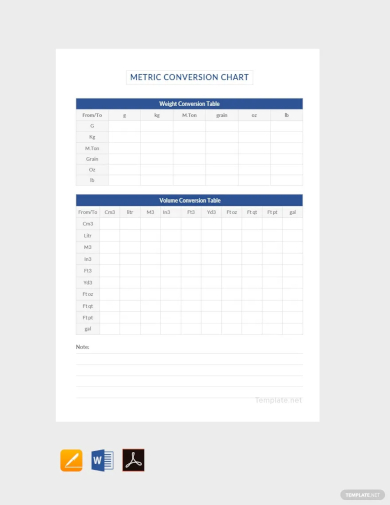
Free General Metric Conversion Chart Template
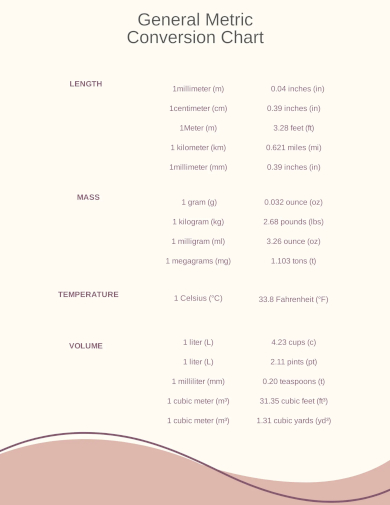
Basic Metric Conversion Chart Template
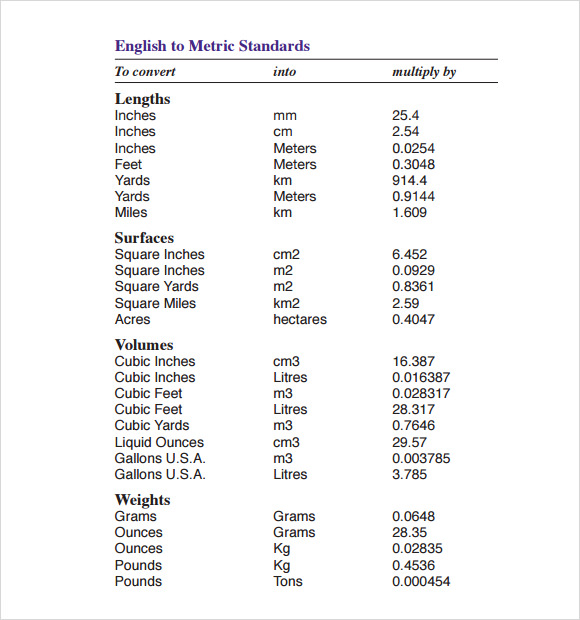
Formal Metric Conversion Chart Template

Simple Metric Conversion Chart for Kids Template
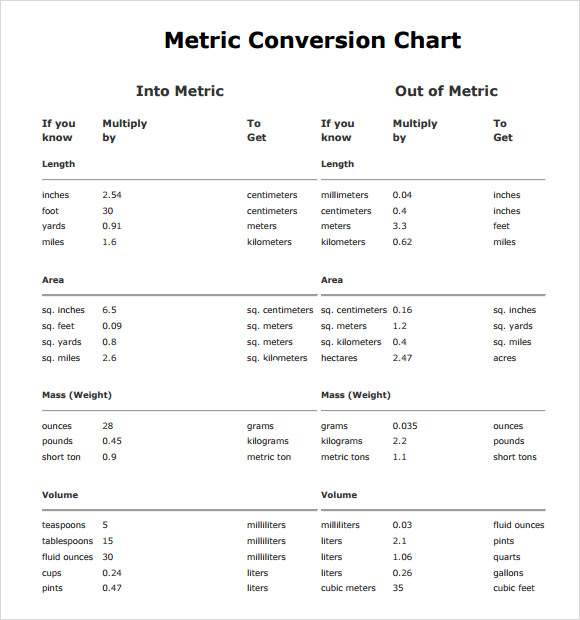
How to Easily Remember Metric Conversions?
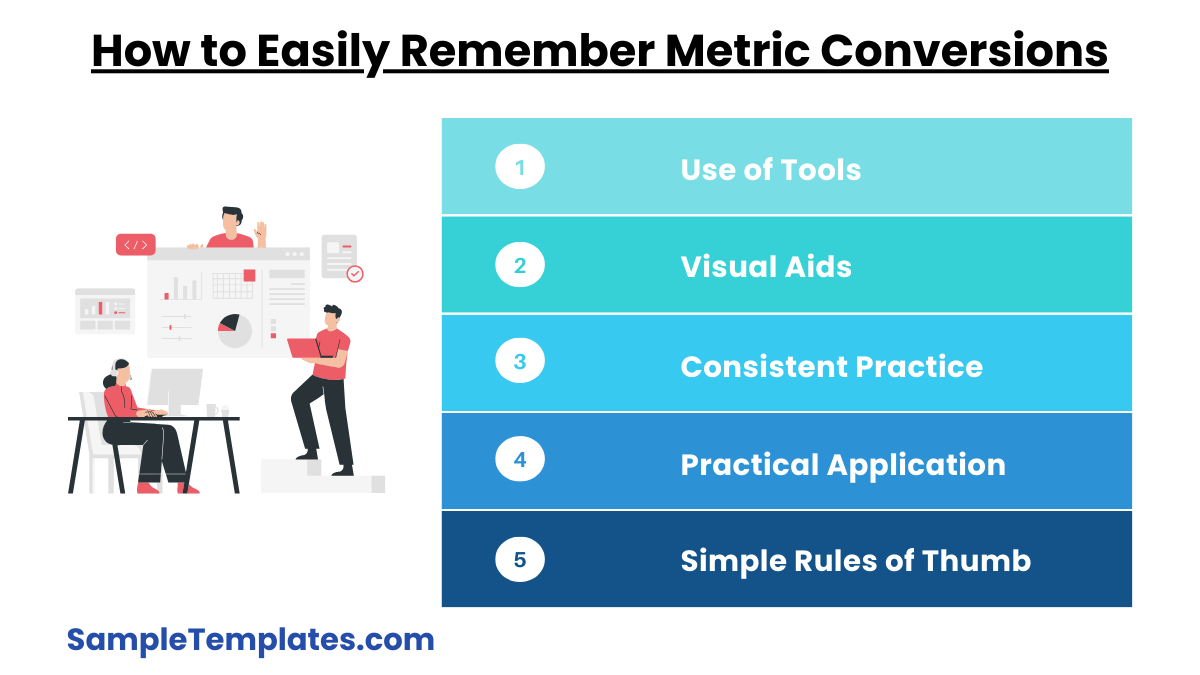
Remembering metric conversions can be easier with some tips and mnemonics. Here are a few strategies to help:
Mnemonics and Memory Aids
- Prefixes Order Mnemonic: Remember the order of metric prefixes with a sentence.
- King Henry Died By Drinking Chocolate Milk
- Kilo- (k) = 1,000
- Hecto- (h) = 100
- Deca- (da) = 10
- Base Unit (meter, liter, gram)
- Deci- (d) = 0.1
- Centi- (c) = 0.01
- Milli- (m) = 0.001
- King Henry Died By Drinking Chocolate Milk
- Prefix Relationships: Know the relationship between the prefixes.
- Each prefix step to the left is 10 times larger.
- Each prefix step to the right is 10 times smaller.
Visual Aids
- Conversion Chart: Keep a handy chart showing the common metric prefixes and their values.
- Kilo- (k): 1,000
- Hecto- (h): 100
- Deca- (da): 10
- Base Unit: 1 (meter, liter, gram)
- Deci- (d): 0.1
- Centi- (c): 0.01
- Milli- (m): 0.001
Consistent Practice
- Regular Conversion Practice: Convert common items in your daily life, such as:
- Distances (e.g., kilometers to meters)
- Liquid volumes (e.g., milliliters to liters)
- Weights (e.g., grams to kilograms)
Use of Tools
- Apps and Online Tools: Use apps and online conversion tools to check your work and reinforce your memory through repetition.
- Flashcards: Create flashcards with different units on one side and their conversions on the other.
Practical Application
- Cooking and Baking: Use recipes that measure ingredients in metric units.
- Science Projects: Conduct small experiments or projects that require metric measurements.
Simple Rules of Thumb
- Millimeters and Centimeters:
- 10 mm = 1 cm
- Centimeters and Meters:
- 100 cm = 1 m
- Meters and Kilometers:
- 1,000 m = 1 km
- Milliliters and Liters:
- 1,000 mL = 1 L
- Grams and Kilograms:
- 1,000 g = 1 kg
Example Scenarios
- Distance: Remember that a kilometer (km) is a bit more than half a mile (0.62 miles).
- Volume: A liter (L) is slightly more than a quart (1.06 quarts).
- Mass: A kilogram (kg) is about 2.2 pounds.
By using these strategies, you can make metric conversions easier to remember and more intuitive.
Metric Conversion Chart Length Template
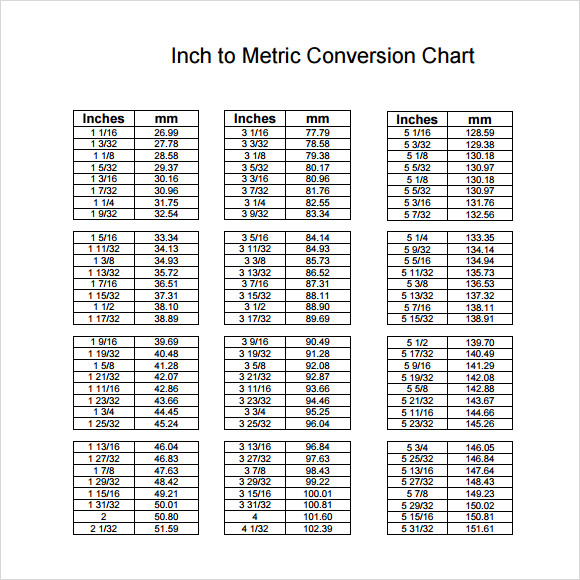
Math Lengths Metric Conversion Chart Template
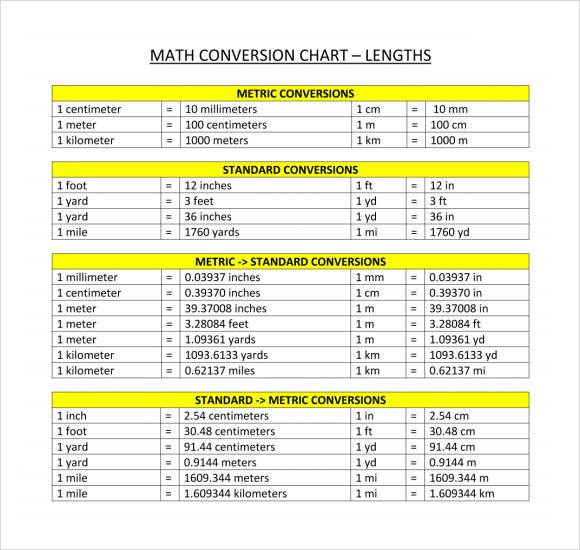
Metric Conversion Chart Outline Template
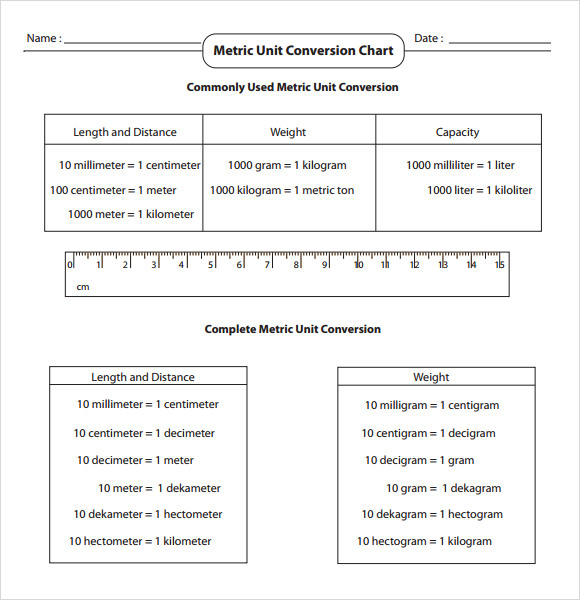
Metric Conversion Chart Template in PDF
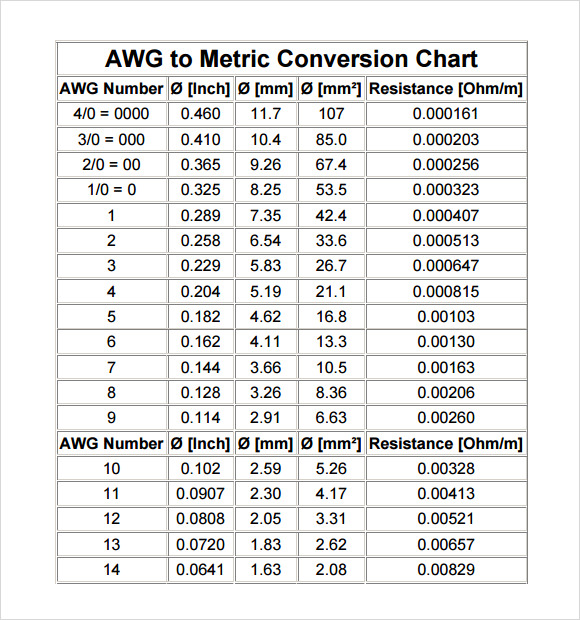
Metric Conversion Chart Chemistry Format

Metric Conversion Chart Cooking Template
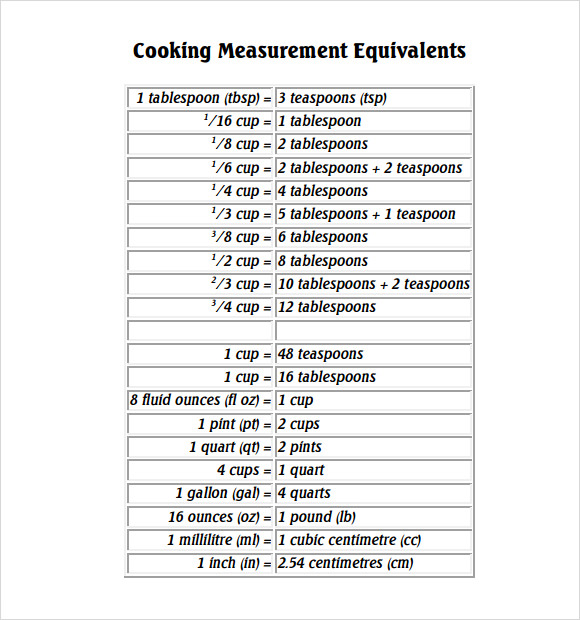
General Metric Conversion Chart Template
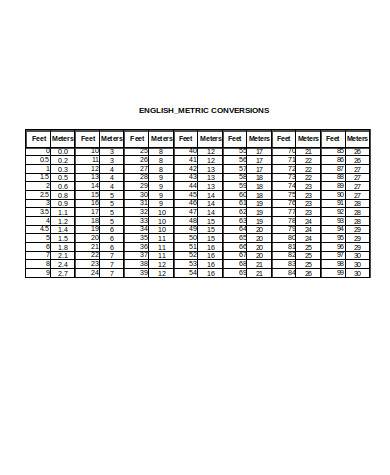
Printable Metric Conversion Chart Template
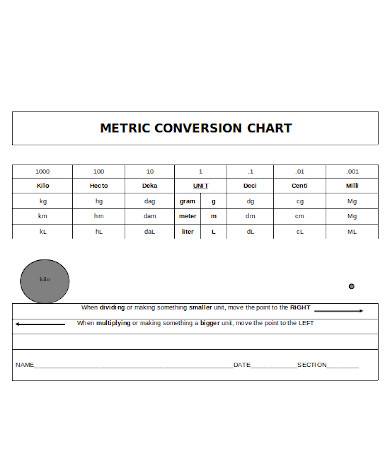
How do I convert metric to standard?
To convert metric to standard, use conversion factors: multiply meters by 3.281 for feet, kilograms by 2.205 for pounds, liters by 1.057 for quarts, and kilometers by 0.621 for miles. For precise conversions, use an online calculator or conversion tool.
What is the trick for metric conversion?
The trick for metric conversions is moving the decimal point based on metric prefixes. For example, converting meters to kilometers involves moving the decimal three places to the left. Use the mnemonic “King Henry Died By Drinking Chocolate Milk” to remember kilo, hecto, deca, base, deci, centi, milli.
How do I convert metric to inches?
To convert metric to inches, multiply centimeters by 0.3937. For example, 10 cm equals 3.937 inches. Alternatively, divide the number of centimeters by 2.54 to get the measurement in inches.
What is the conversion chart?
A conversion chart lists key conversions between metric and standard units: 1 inch = 2.54 cm, 1 foot = 30.48 cm, 1 yard = 0.9144 m, 1 mile = 1.609 km, 1 ounce = 28.35 g, 1 pound = 0.4536 kg, 1 gallon = 3.785 L.
How to understand metric conversions?
Understand metric conversions by knowing each unit’s relationship based on powers of ten. Use mnemonics like “King Henry Died By Drinking Chocolate Milk” to remember prefixes. Regular practice with conversions and visual aids like charts help reinforce learning.
If you have any DMCA issues on this post, please contact us!
Related Posts
Weekly Schedule Samples & Templates
Contractual Agreement Samples & Templates
FREE 9+ Amazing Sample Church Bulletin Templates in PSD | PDF
Sample Business Card Templates
Sample Cashier Job Descriptions
Questionnaire Samples
FREE 10+ Sample HR Resource Templates in PDF
FREE 10+ HR Consulting Business Plan Samples in MS Word | Google Docs | Pages | PDF
FREE 49+ Sample Job Descriptions in PDF | MS Word
FREE 16+ Nonprofit Budget Samples in PDF | MS Word | Excel | Google Docs | Google Sheets | Numbers | Pages
FREE 13+ Academic Calendar Templates in Google Docs | MS Word | Pages | PDF
FREE 10+ How to Create an Executive Summary Samples in Google Docs | MS Word | Pages | PDF
FREE 23+ Sample Event Calendar Templates in PDF | MS Word | Google Docs | Apple Pages
Company Profile Samples
FREE 10+ Leadership Report Samples [ Development, Training, Camp ]
